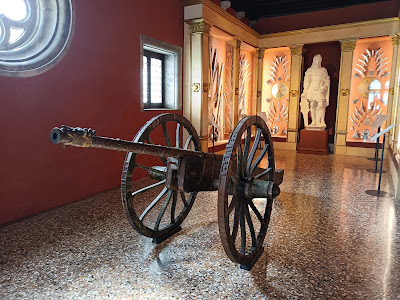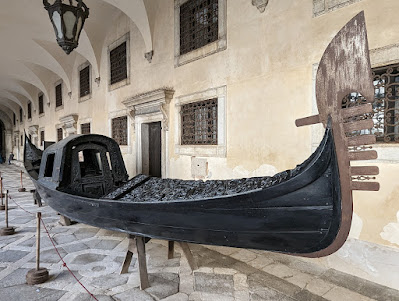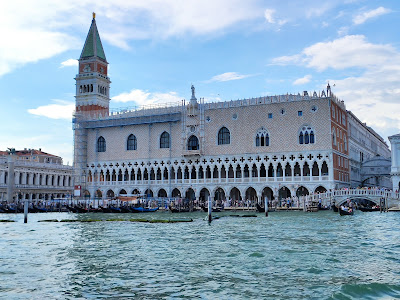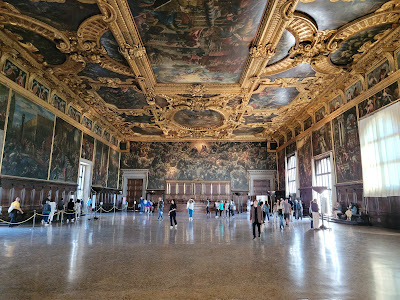Doge’s Palace

Introduction
Situated in the heart of Venice, Italy, the Doge’s Palace (Palazzo Ducale) stands as a testament to the city’s rich history and architectural grandeur. Overlooking the shimmering waters of the Venetian Lagoon, this iconic structure has been a symbol of the city’s political and cultural prowess for centuries. Today, it invites visitors from around the world to explore its opulent halls, intricate artworks, and storied past.


About the Museum
The Doge’s Palace served as the residence of the Doge, the chief magistrate of Venice, and the seat of the Venetian government. Constructed primarily in the Gothic style, the palace showcases a harmonious blend of architectural elements from different periods, reflecting the city’s evolving aesthetic sensibilities. Visitors can wander through grand chambers adorned with masterpieces by renowned artists such as Titian, Veronese, and Tintoretto. Highlights include the Chamber of the Great Council, one of the largest rooms in Europe, and the Scala dei Giganti, a majestic staircase guarded by statues of Mars and Neptune. The palace also offers a glimpse into the darker aspects of Venetian history, with tours of the old prisons and the infamous Bridge of Sighs, which connects the palace to the prison complex.
Interesting Facts
- Architectural Evolution: The palace’s construction began in the 14th century, incorporating elements from earlier structures and undergoing several renovations due to fires and political changes.
- Artistic Treasures: The interior boasts works by prominent artists, including Tintoretto’s “Il Paradiso,” considered the largest oil painting on canvas in the world.
- Historical Significance: The palace was not only the Doge’s residence but also housed the city’s courts, administrative offices, and prisons, making it the epicenter of Venetian political life.
- Secret Itineraries Tour: Visitors can embark on a special tour that delves into hidden passages, chambers, and the notorious torture chambers, offering a deeper understanding of the palace’s complex history.
- Casanova’s Escape: The famed adventurer Giacomo Casanova was imprisoned in the palace’s Piombi cells and made a daring escape in 1756, a tale that has become legendary.
Photo Gallery








Physical Location
Contact Details
Phone: +39 041 271 5911
Website: palazzoducale.visitmuve.it/en/home/
Facebook: facebook.com/DucaleVenezia
Conclusion
The Doge’s Palace stands as a monumental embodiment of Venice’s illustrious past, offering visitors an immersive journey through art, architecture, and history. From its grand halls and exquisite artworks to its hidden chambers and tales of intrigue, the palace provides a comprehensive insight into the city’s legacy. A visit to this iconic landmark is not merely a tour but an experience that captures the essence of Venice’s enduring allure.




